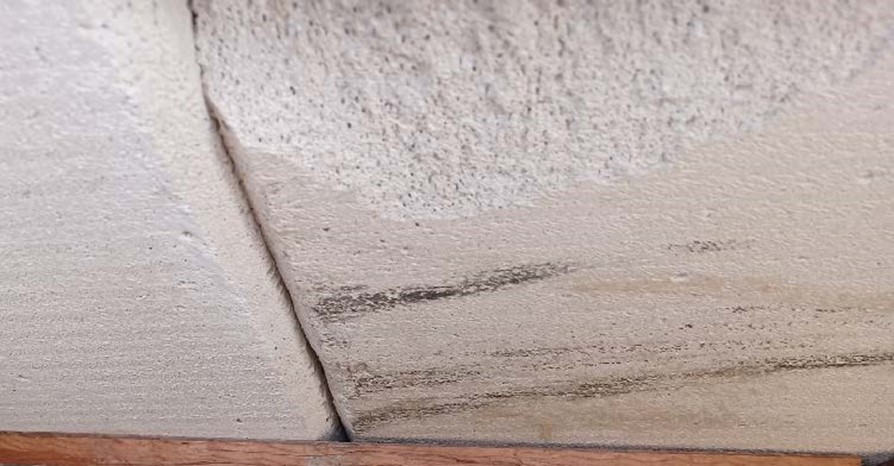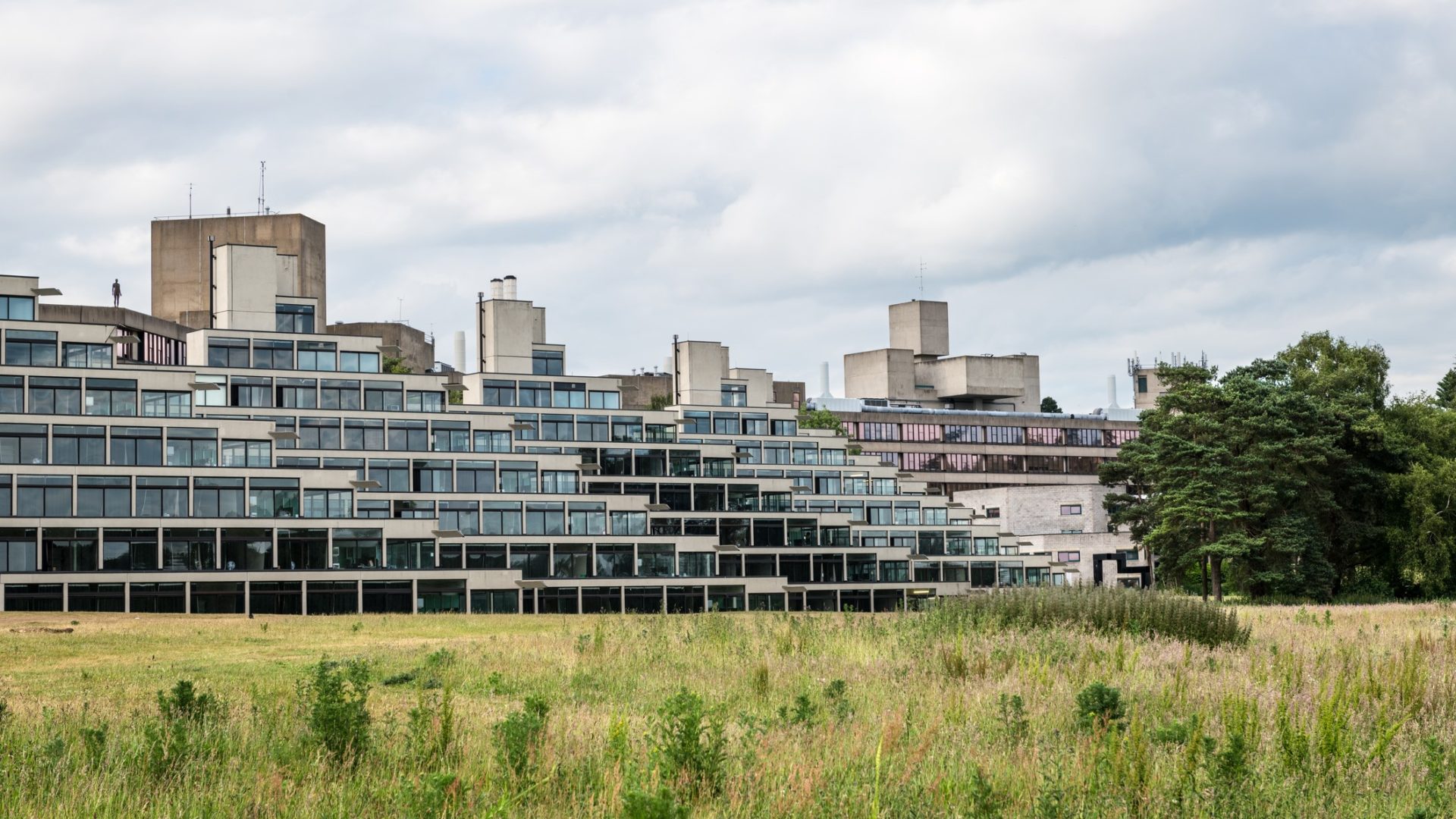
Guidance on managing reinforced autoclaved aerated concrete (RAAC) in listed buildings has been published.
Architect and heritage consultant Purcell created the guide, which has been endorsed by heritage groups including the Twentieth Century Society.
The document sets out professional guidance on investigation and remediation of RAAC in listed buildings for building owners, heritage stakeholders, asset and estate managers, local and central government.
RAAC, an aerated and lightweight form of concrete which behaves differently to traditional reinforced concrete, was used in many buildings from the 1950s to the 1990s. After several high-profile failures of RAAC planks, widespread investigations began last year to establish the presence and condition of RAAC across all building sectors.
Listed buildings where RAAC has been identified include St Catherine’s College Oxford, and the famous ‘Ziggurats’ halls of residence at the University of East Anglia (see below), both constructed in the post-war era.
However, the Purcell guide warns buildings that were constructed prior to this period may have been extended or undergone alterations using RAAC. The Castle Museum in York, an 18th century Grade I-listed sandstone building, underwent alteration during the 1970s and its roof lanterns were removed and replaced with RAAC panels.

Listed building consent
Listed buildings in the UK are protected under law and listed building consent is required to undertake intrusive opening-up work, alteration, or replacement of any significant part of the building, which is likely to be needed for replacement of RAAC.
The guidance warns: “Custodians of historic buildings must make sure that they know what their buildings are constructed of and that they have a good overview of their building’s condition. If RAAC is present, a full structural and condition assessment must be undertaken.

‘Ziggurats’, University of East Anglia
The Ziggurats halls of residence at the University of East Anglia (UEA), which contain 585 bedrooms, were designed by Sir Denys Lasdun and constructed from 1964 to 1968, using cast in-situ concrete with prefabricated elements. In 2003, the buildings were Grade II* listed.
During a recent refurbishment, Siporex RAAC panels were found in the roofs. The university has closed the buildings following the assessment of risk as critical and they are currently vacant and mothballed while the options for remedial works are investigated.
A working party that includes Purcell and Historic England has been convened by the UEA estates team to devise the most appropriate solution. The cost implications to the university will be “high”, according to Purcell.
“There is no single solution that will meet the challenges associated with RAAC and every instance must be assessed and treated on an individual basis. To achieve a safe solution, compliant with the relevant building regulations, and to prevent any negative impact on the status of the listed building, a team, usually comprising a structural engineer working with a conservation architect or chartered building surveyor, should be appointed.”
Purcell funded and researched the guide, referencing documents published by the Department for Education (DfE) and the Institution of Structural Engineers (IStructE).
Professional guidance
The guide was authored by Max Thomson, building surveyor at Purcell, in collaboration with Chris Waterman, a parliamentary policy adviser and building safety specialist.
Thomson said: “The motivation driving this project has been to provide professional guidance that will help building owners and custodians find good solutions to reduce risk to people and their listed buildings.
“Long-term solutions for the replacement of RAAC in listed buildings need to be developed with care and specialist expertise and we hope this guidance forms the basis for procuring the necessary solutions for risk mitigation and conserving the historic built environment. This is not just about protecting our most treasured buildings – it is a matter of public safety.”
The Purcell RAAC guide is also backed by the Society for the Protection of Ancient Buildings (SPAB), and the Institute of Historic Building Conservation (IHBC).











